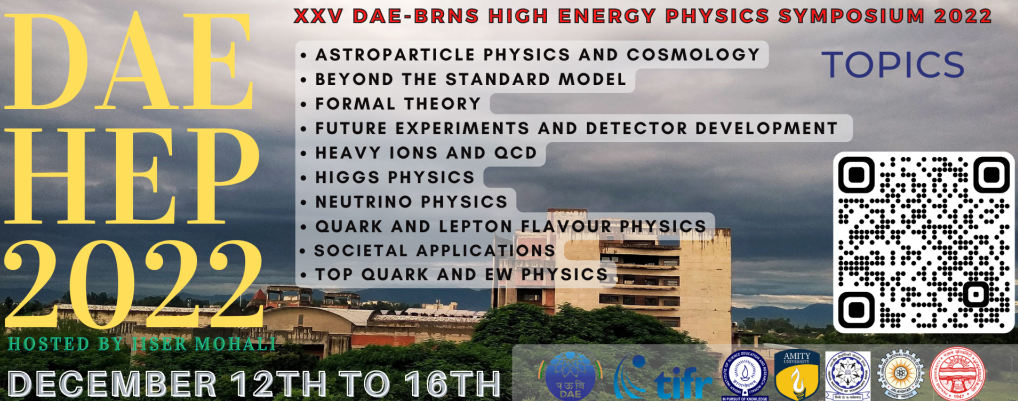Speaker
Description
The historic event of “the Hunga Tonga-Hunga Ha‘apai volcano eruption” on 15 January 2022 is the largest volcanic eruption after Krakatoa in 1883. This eruption triggered destructive events such as tsunami waves, atmospheric shock waves, sonic booms, etc. In addition, the eruption injected about 10% of the water vapour found in the stratosphere, which may lead to a global temperature rise. Recent studies by NASA and ESA revealed records of high-speed winds in the upper atmosphere and unusual electric currents found in the ionosphere immediately after the eruption. It is one of the most destructive events observed over the past century with a direct impact on space weather. A pressure wave created by this violent eruption circled the globe multiple times, recorded by numerous instruments around the world. The GRAPES-3 is a ground-based cosmic ray experiment consisting of an array of 400 plastic scintillators and a large area muon telescope to record secondary cosmic rays in the extensive air showers produced by the interaction of primary cosmic rays in the atmosphere. It also monitors the local atmospheric pressure at Ooty to make corrections in the measured count rates of particles. Both the detectors recorded a sudden change in the count rate that coincided with the pressure variation associated with the volcano eruption. We will discuss the analysis outcome and the subsequent interpretation during the symposium.
| Session | Societal Applications |
|---|
